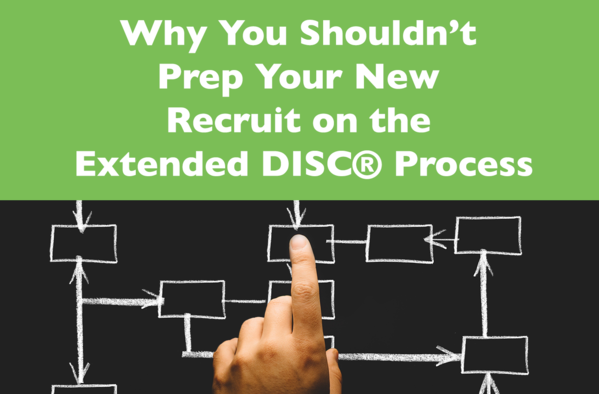The Situation
One of our most frequent users was looking to employ a recruitment consultant. Before the interview they arranged for the candidate to complete DISC assessment on-line questionnaire. Once the questionnaire was submitted, a copy of the two profiles was taken from the assessment (shown opposite).
The two profiles from the candidate were both relatively strong and definite. With the thought in mind, that the shape of Profile II is “who the person is” and the size and position of both profiles is “how they are feeling”, the report seemed to us to be an accurate assessment.
There seemed no doubt that the candidate’s unconscious and conscious behavioural styles were very similar and the flexibility zones were virtually all in the “I” corner of the flexibility diamond.
The applicant then attended an interview and the role of the job was explained clearly leading to his conclusion that the successful applicant would need to be competitive, dominant, adventurous, bold and perhaps, in his view, tough.
The candidate immediately went back to his desk, and was able to complete the questionnaire again, using the access code as our client did not have any passwords. The resulting profile is outlined below.
The Issue
Clearly neither of the profiles from his first report fitted this requirement. Although he did not have the approval of his prospective employer, he went on-line after the interview and completed the Behavioural Assessment once again. A copy of the two resulting profiles is shown opposite.
Profile II has changed very little and the shape is virtually the same with just a little less emphasis on the “I” characteristics. However, Profile I, has shown quite a change. The original Profile I indicated that the applicant’s conscious adjusted style was 100% “I” but in the second report we find the shape of the profile became “tighter” and moved to become 60% “D” and 40% “I”. Not only did his perceived conscious behavioural style change, but he also showed indications of being a little uncertain of his role. Quite a change from the confident Profile I shown in the first report!
Remembering that Profile I illustrates the conscious adjusted behavioural style, – the style the person feels he needs to adopt to cope with the demands and pressures of his environment, this is an excellent example of the accuracy of Extended DISC®. The applicant was unable to change his unconscious behavioural style but able to alter his conscious style. As the Extended DISC® Behavioural Assessment is based on the unconscious profile; the two reports remained very similar. Some other DISC based programs, which focus on the conscious behavioural style of the candidate, would have produced two completely different reports!
The Conclusion?
Our advice to our user client was that the first report was probably more accurate than the second although there was little change in the text. “I” traits remained the dominant characteristic and there was still no indication of any “D” traits in the applicant’s unconscious behavioural style despite the fact that he had probably looked for this shift in his second report.






